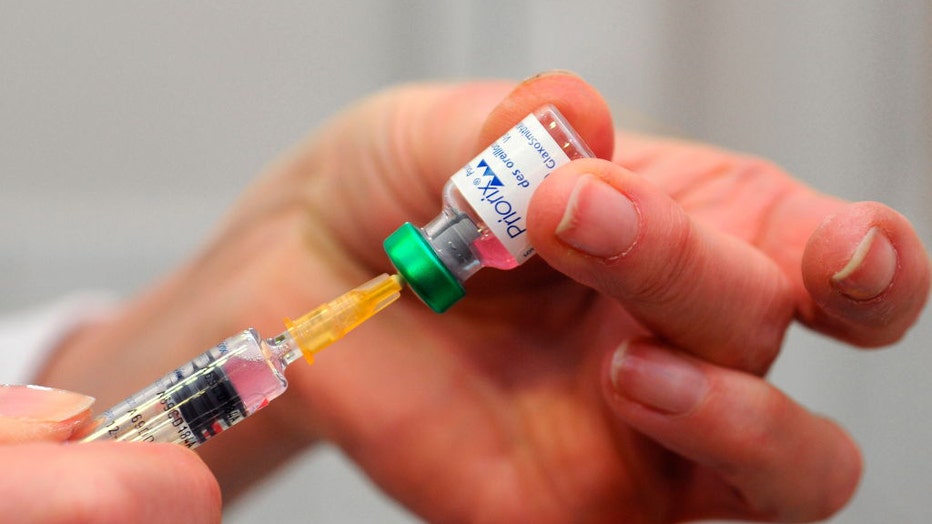Measles vaccination rates in Texas: Find your school district
First death from Texas measles outbreak
Texas is reporting its first death in this year's measles outbreak. According to the CDC, it is also the first measles death in the US since 2015.
A measles outbreak in West Texas has people across the state curious about the vaccination rates in their communities.
Every year, the Texas Department of State Health Services releases vaccination information for kindergarten and seventh graders in districts across the state.
The World Health Organization says that 95 percent immunity is required to prevent measles epidemics.
READ MORE: Measles questions answered
You can find your school district's MMR vaccination rate for the 2023-204 school year below.
Texas measles vaccine rate among Kindergartners
If you are having difficulty viewing the chart click here.
Of Central Texas' largest counties, Travis County had the lowest MMR vaccination rate among kindergarten students at 89.61%, followed by Williamson (94.87%) and Hays (95.07%) counties.
READ MORE: Texas child becomes first to die of measles in U.S. since 2015
Texas measles vaccine rate among 7th Graders
If you are having difficulty viewing the chart click here.
Of Central Texas' largest counties, seventh grade students' MMR vaccination rates are high, with Hays at 96.31%, Williamson at 97.31% and Travis at 97.84%.
Texas vaccination requirements

FILE-A vaccine for measles is prepared by a health professional (Photo by: BSIP/Universal Images Group via Getty Images)
The MMR vaccine, which is a vaccine against measles, mumps and rubella, is typically given to children between 12 to 15 months of age and a second dose at four to six years of age, according to the Centers for Disease Control and Prevention.
Students enrolling in kindergarten through 12th grade are required to have two doses of the MMR vaccine in Texas.
Texas law allows vaccine exemptions for "reasons of conscience, including a religious belief."
The Source: Vaccination data in the article comes from the Texas Department of State Health Services. Other information comes from the World Health Organization and the Texas Administrative Code.

